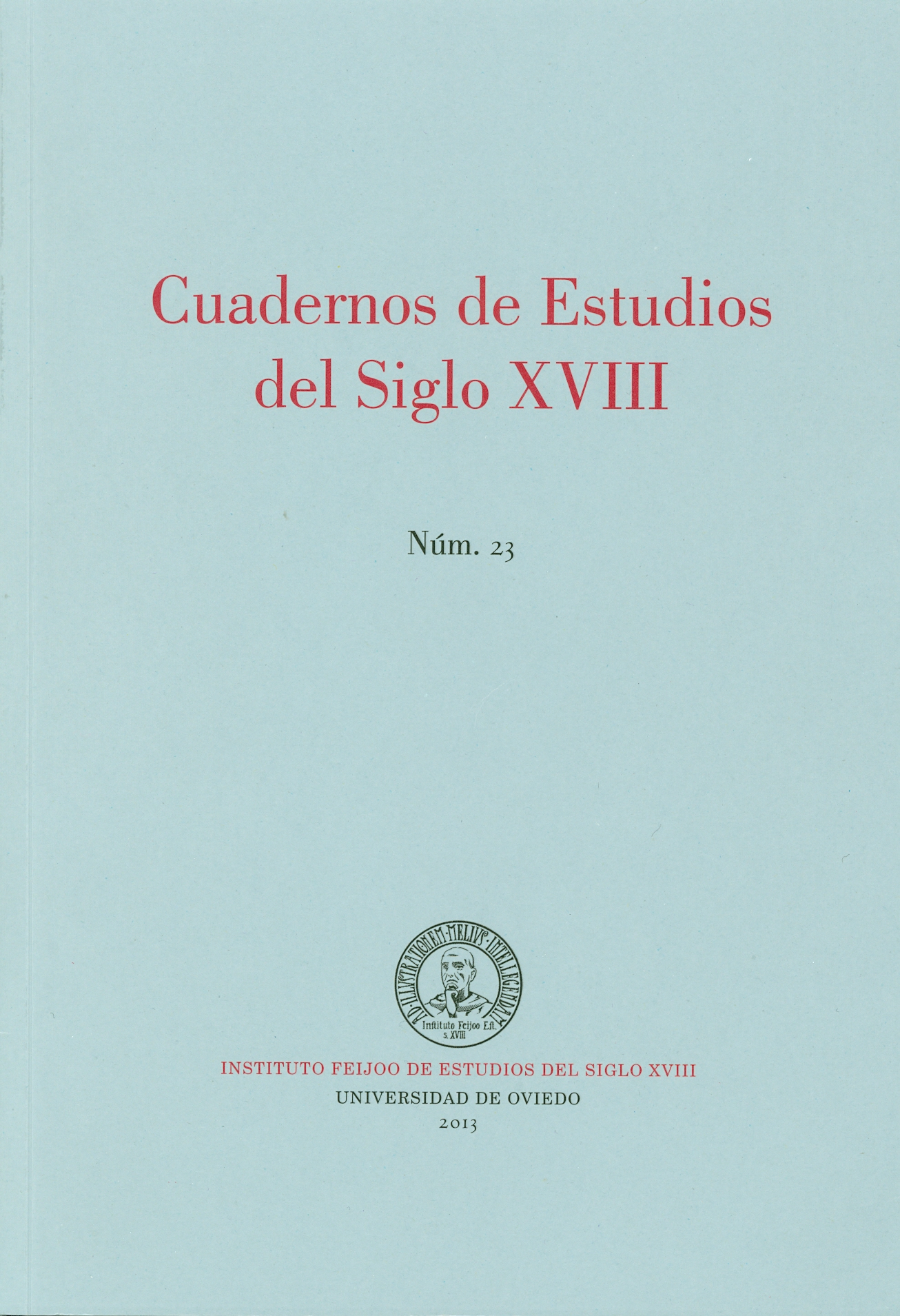Abstract
El presente artículo brinda un panorama sobre la Buenos Aires finicolonial, la Real Imprenta de Niños Expósitos y sus ediciones para comprender el marco contextual de la provisión tipográfica. Luego se concentra en las letrerías llegadas desde España en 1790 y, por último, y por intermedio de estas, en la composición del primer periódico porteño: el Telégrafo Mercantil, Rural, Político, Económico e Historiógrafo, un verdadero paradigma del periodismo y las artes gráficas argentinas, que en este caso sirve de modelo para el estudio de los usos tipográficos que realizara la Real Imprenta de Niños Expósitos a partir de los caracteres ibéricos cortados por Antonio Espinosa de los Monteros.
PALABRAS CLAVE
Tipografía, tipos móviles, imprenta, impresos, ediciones, bibliografía material, Virreinato del Río de la Plata, Antonio Espinosa de los Monteros.
This article provides a view of the «finicolonial» Buenos Aires, the Real Imprenta de Niños Expósitos (Royal Orphan Children Printing Office) and its editions in order to provide a typing provision reference framework. Then it focuses on Spanish wich arrived at the country by 1790 and finally by them, their use in the making of the first «porteño» newspaper: Telégrafo Mercantil, Rural, Político, Económico e Historiógrafo, a real paradigm of Argentine journalism and graphic arts, in its case used as reference of the study of typing done by the Royal Orphan Children Printing Office using Antonio Espinosa de los Montero’s iberic types.
KEYWORDS
Typography, movable type, letterpress, antique prints, editions, library science, Viceroyalty of the Río de la Plata, Antonio Espinosa de los Monteros.

This work is licensed under a Creative Commons Attribution-NonCommercial-NoDerivatives 4.0 International License.
Copyright (c) 2017 Cuadernos de Estudios del Siglo XVIII

